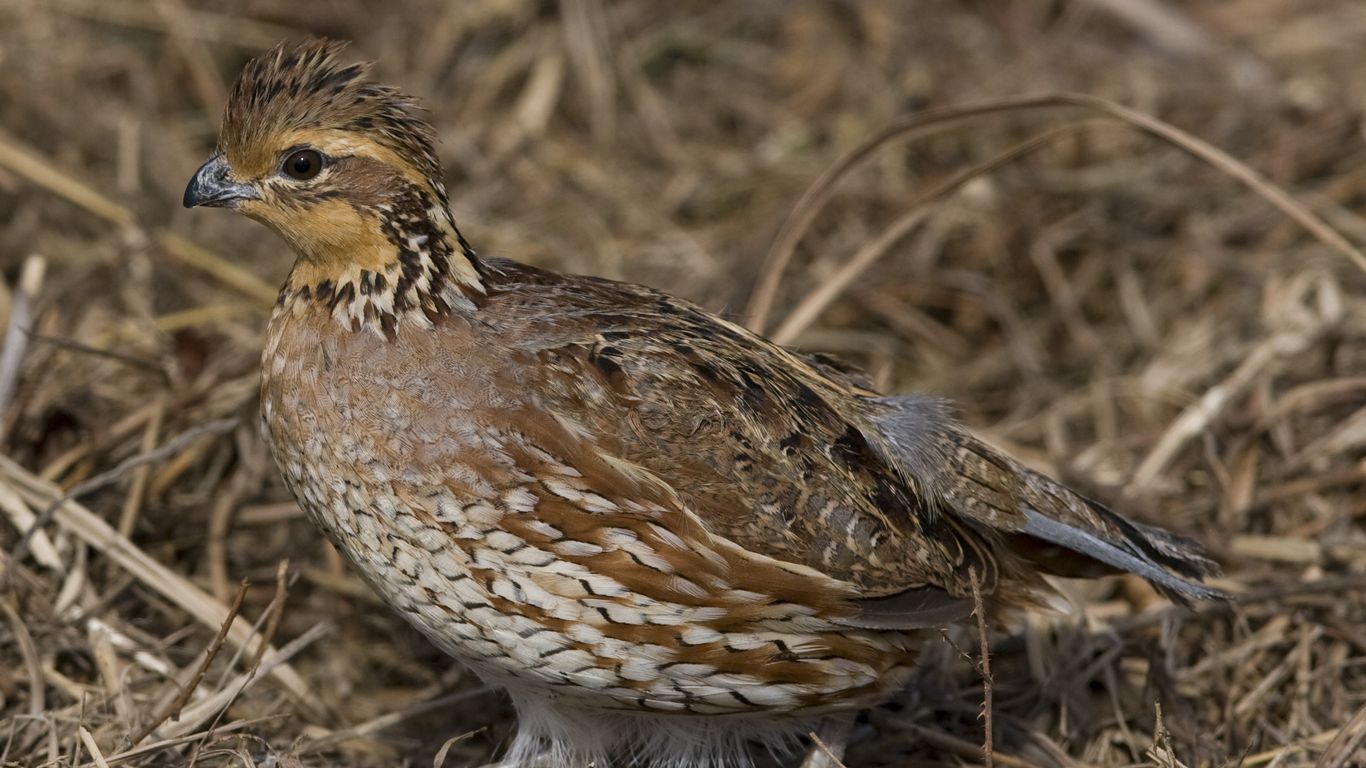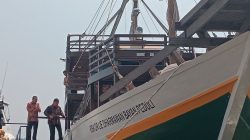The Decline of Tennessee’s State Bird and the Broader Crisis Facing Bird Species
Birds play a crucial role in maintaining the health of ecosystems, acting as early indicators of environmental changes. Their presence or absence can signal broader issues that affect not only wildlife but also humans. In Tennessee, one of the state’s most iconic birds, the northern bobwhite quail, is facing a serious decline, raising concerns about the future of bird populations across the country.
Why It Matters
The northern bobwhite quail, once a common sight throughout Tennessee, has seen a dramatic drop in numbers over the past several decades. A 2020 report revealed that the population had declined by more than 5% annually since 1966. This decline is not just a local issue—it reflects a larger trend affecting many bird species nationwide. Birds serve as important ecological barometers, and their struggles often point to underlying problems such as habitat loss, climate change, and human encroachment.
When habitats are unable to support birdlife, it can lead to cascading effects on other wildlife and even impact human communities. For example, a decrease in pollinators like hummingbirds or bees could threaten food production, while the loss of predator species may disrupt natural balances in ecosystems.
The Northern Bobwhite Quail: A Case Study
As the state’s game bird, the northern bobwhite quail was once abundant across Tennessee. However, the loss of farmland and other suitable habitats has significantly impacted its numbers. In response, the Tennessee Wildlife Resources Agency (TWRA) established a “quail team” in 2017 to develop strategies for restoring the population. Efforts continue to create a self-sustaining quail population through habitat restoration and conservation initiatives.
Despite these efforts, the challenges remain significant. The quail’s decline is emblematic of a broader crisis that affects many other bird species in the region.
The Big Picture: A National Trend
The problem isn’t limited to Tennessee. Researchers have observed declines in bird populations across the United States, including species that were once considered resilient. According to the North American Bird Conservation Initiative’s 2025 State of the Birds report, roughly one-third of U.S. bird species—229 in total—are now classified as high or moderate conservation concerns.
This includes species like the golden-winged warbler, which has become increasingly scarce in Tennessee and is listed as a species “In Need of Management.” Similarly, the Bachman’s sparrow has all but disappeared from the state, highlighting the severity of the situation.
Factors Contributing to the Decline
Urban sprawl and land development are major contributors to the decline of bird populations. As new developments encroach on small family farms and natural areas, once-common birds are becoming harder to find. The transformation of open spaces into residential or commercial zones reduces the availability of suitable habitats for ground-dwelling species like the bobwhite quail.
Additionally, the Southeastern United States has a unique challenge: most forests are located on private land. This means that conservation efforts rely heavily on voluntary programs and incentives to encourage landowners to protect and enhance bird habitats.
What Can Be Done?
Biologists with the TWRA work closely with landowners to identify ways to foster healthy bird habitats. These professionals can connect landowners with programs that offer financial assistance for managing wildlife habitats. By engaging with local communities and leveraging partnerships, conservationists hope to create a more sustainable environment for birds and other wildlife.
Looking Ahead
Scientists are urging increased investments in habitat protection, particularly on private lands. They emphasize the importance of collaboration between government agencies, conservation organizations, and local communities to ensure the survival of vulnerable bird species.
The decline of the northern bobwhite quail serves as a stark reminder of the urgent need for action. Without meaningful conservation efforts, the loss of bird species could have lasting consequences for both nature and human society.






